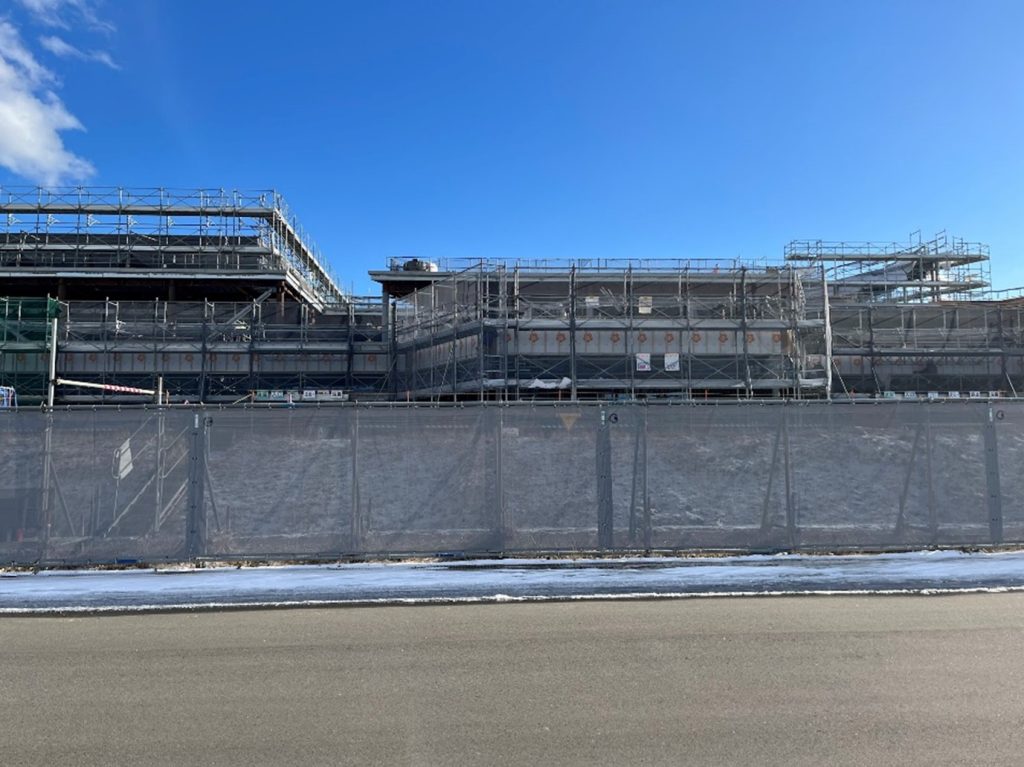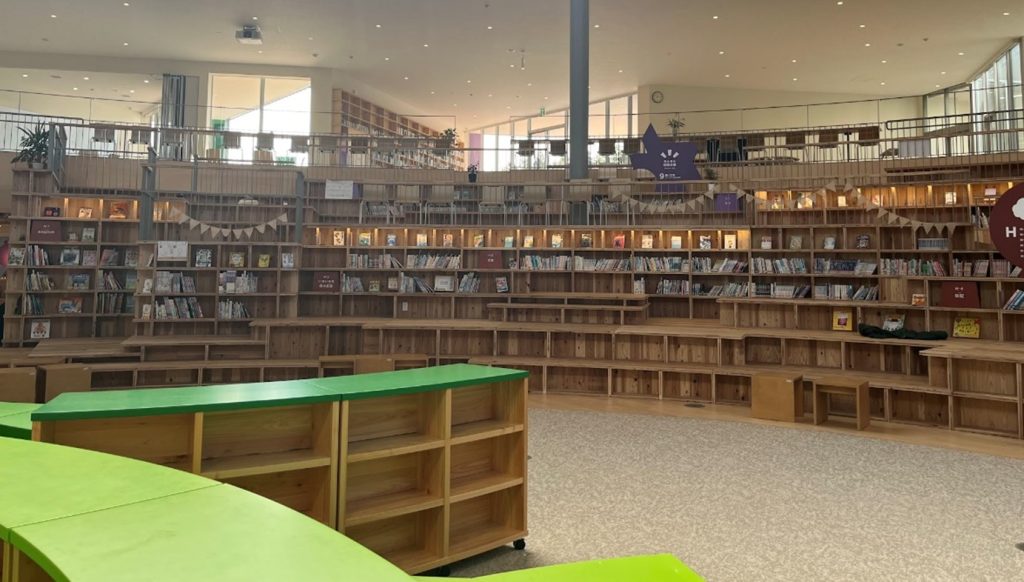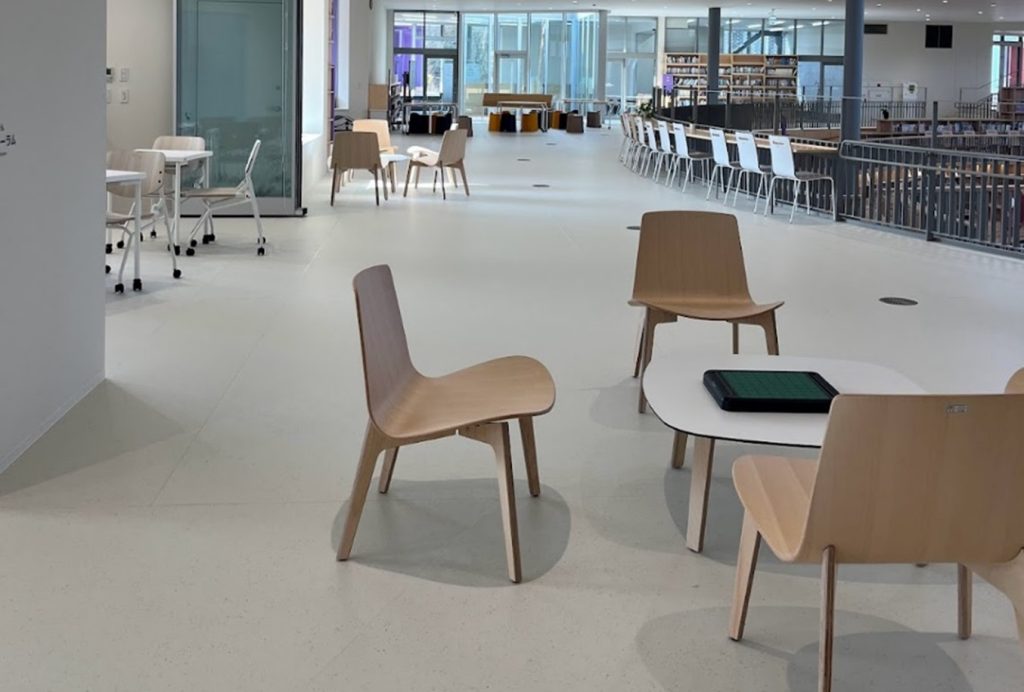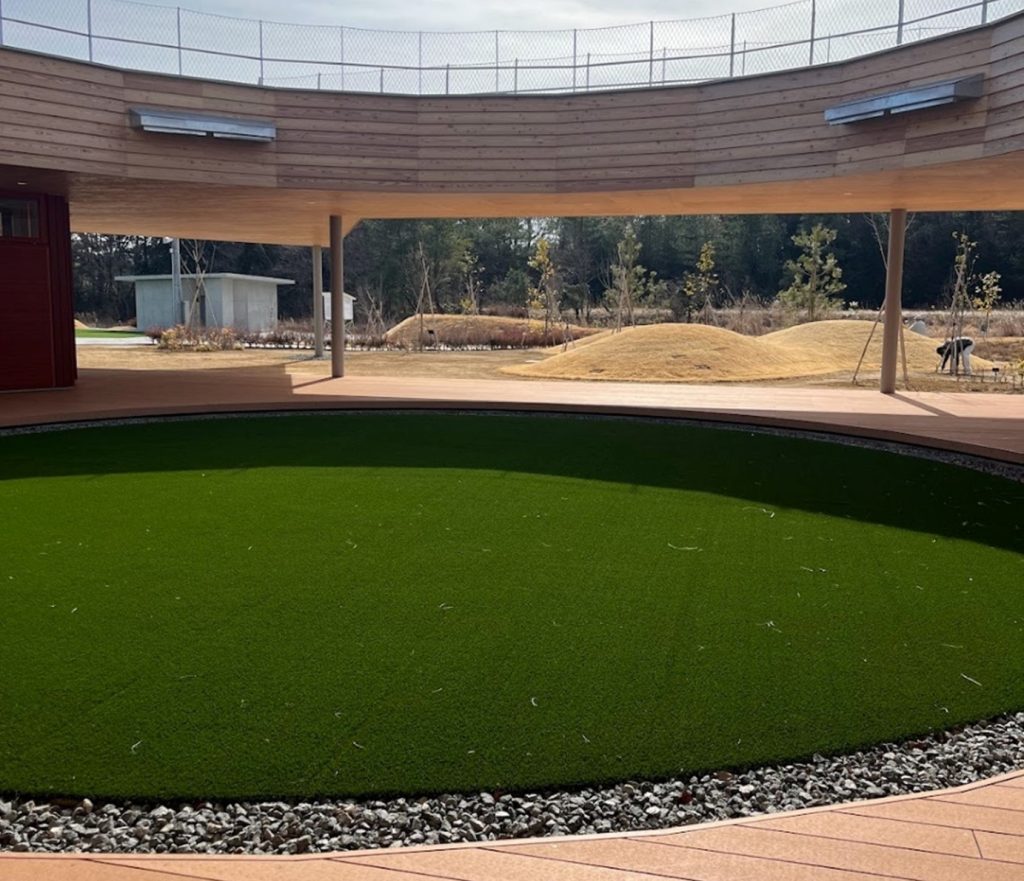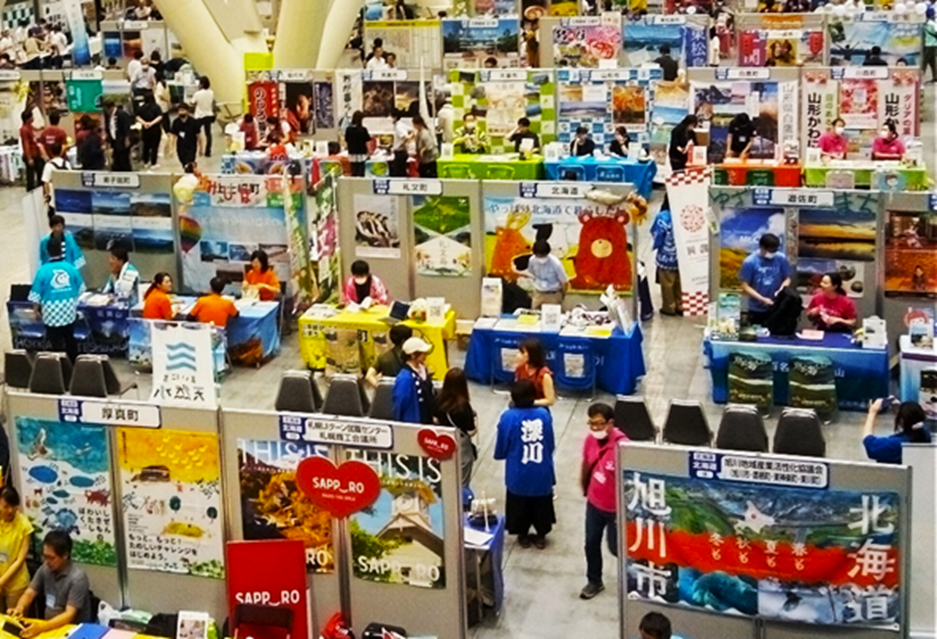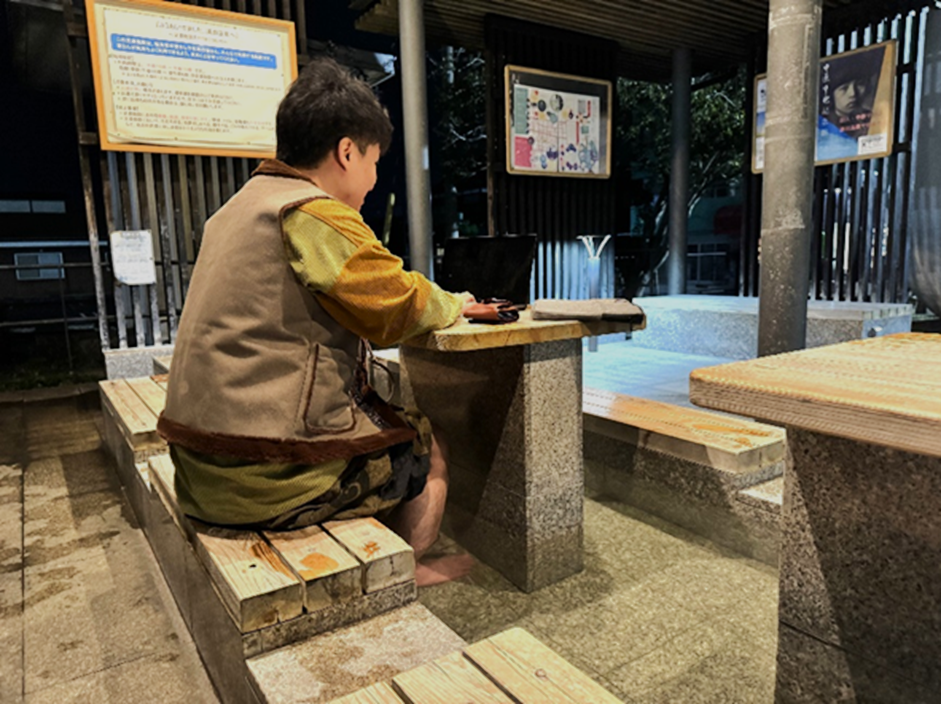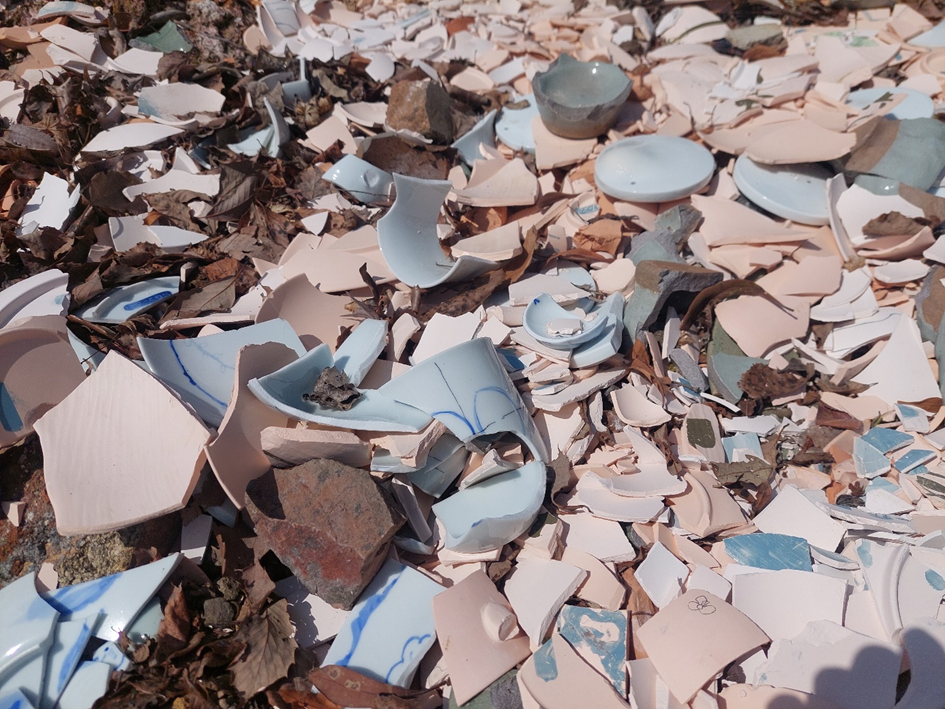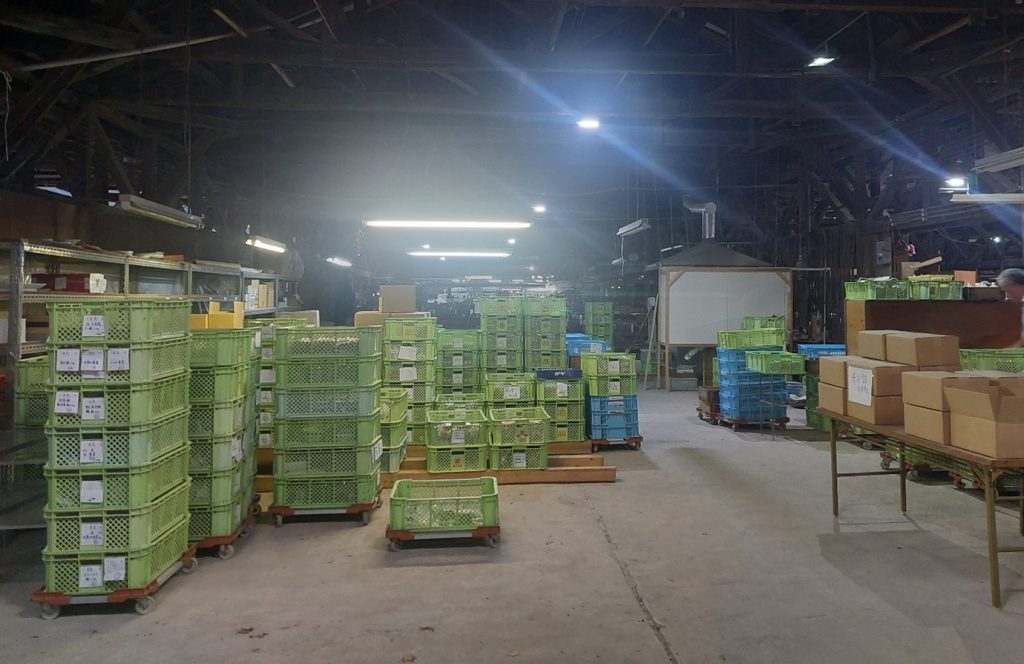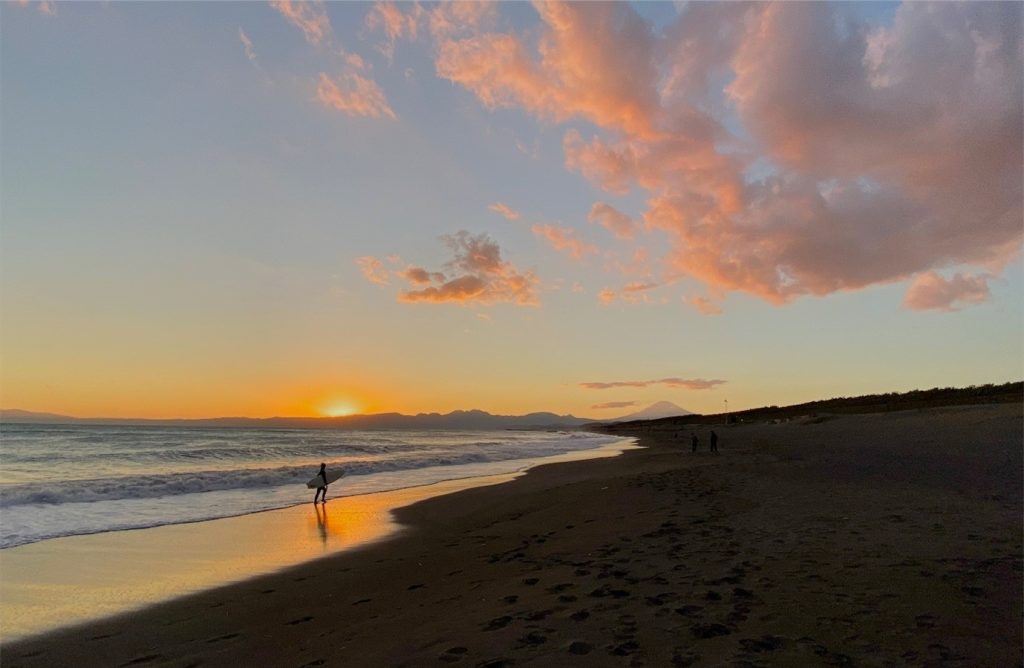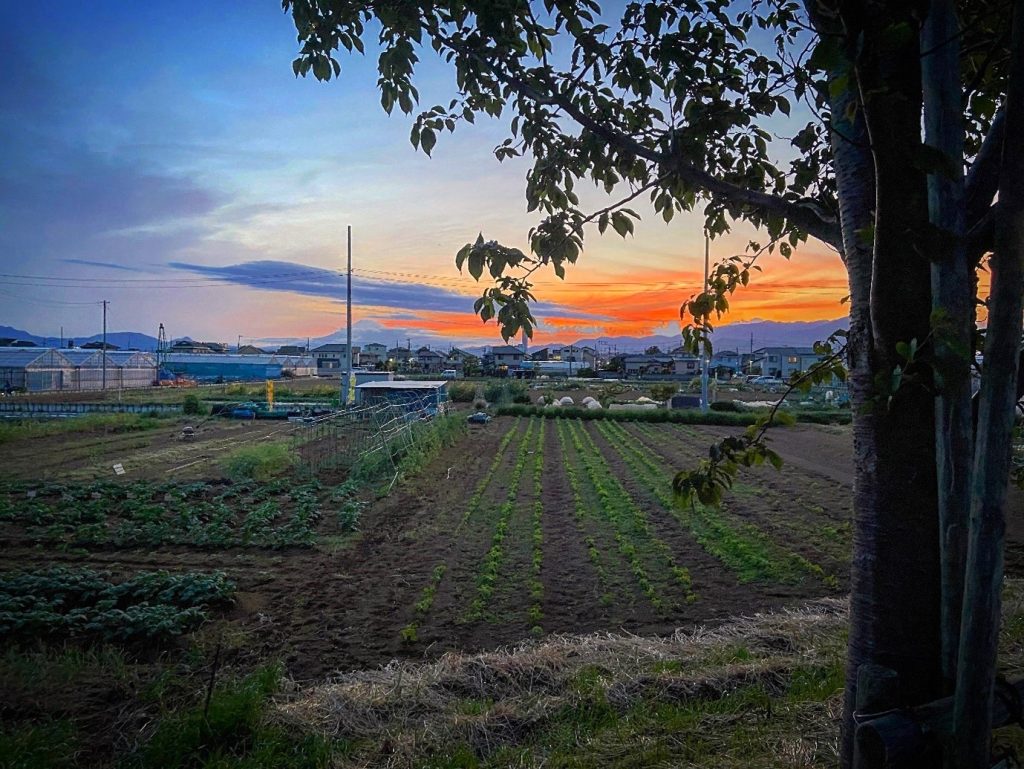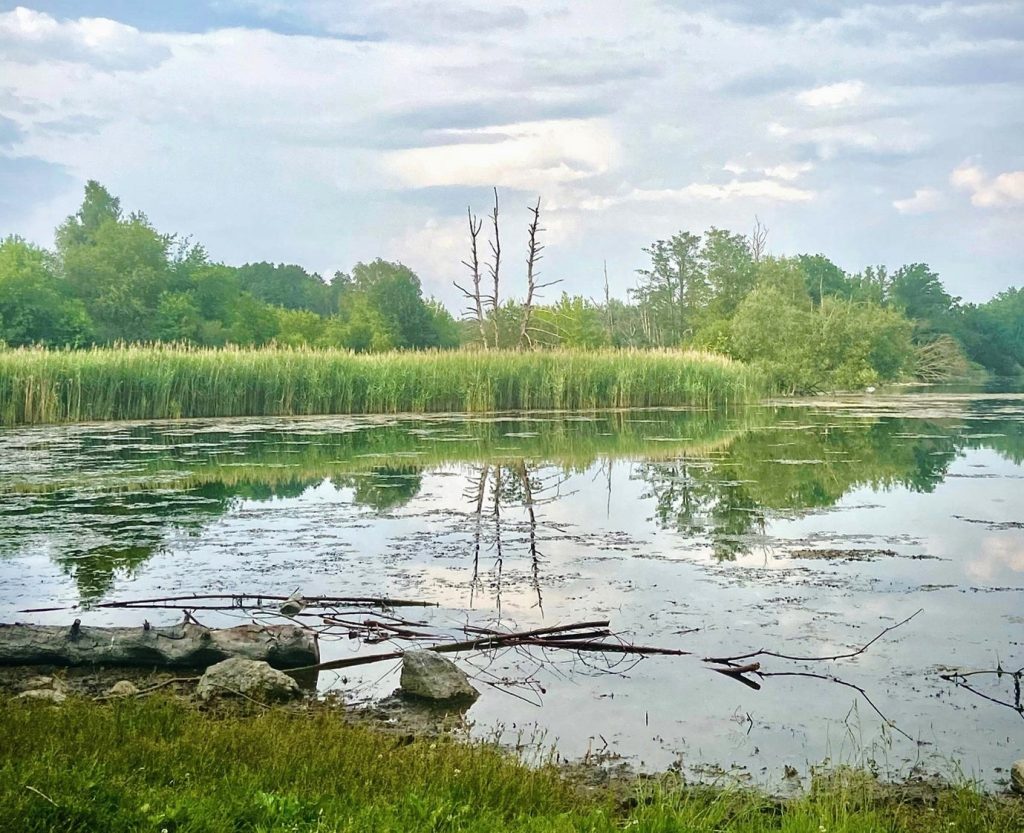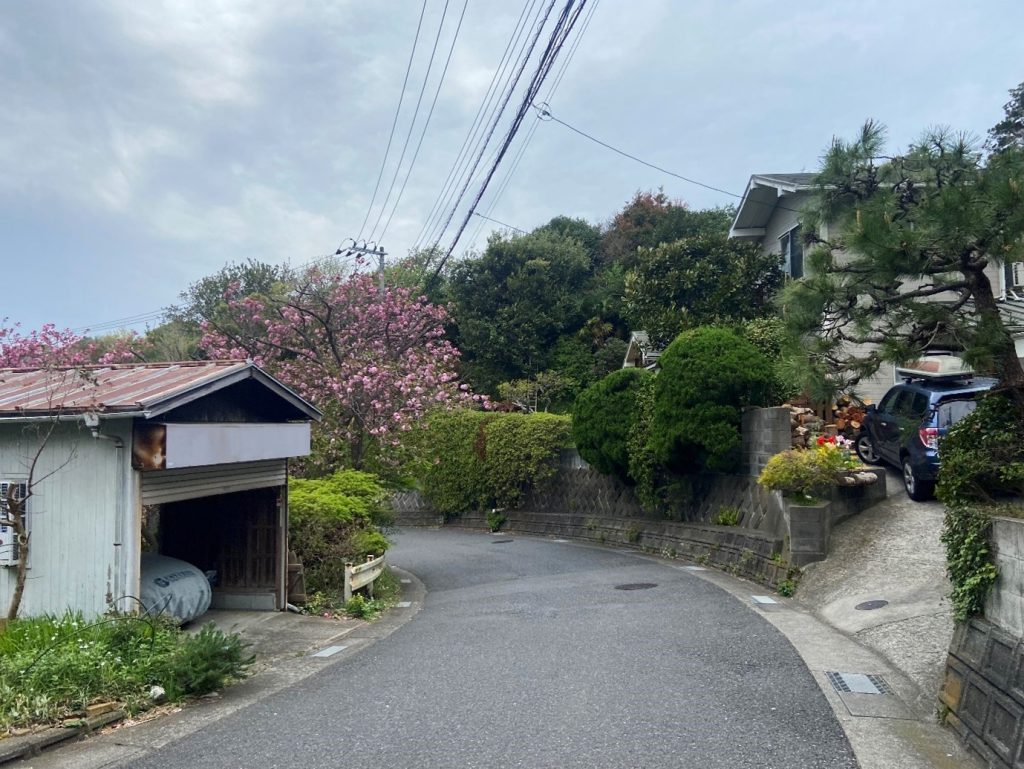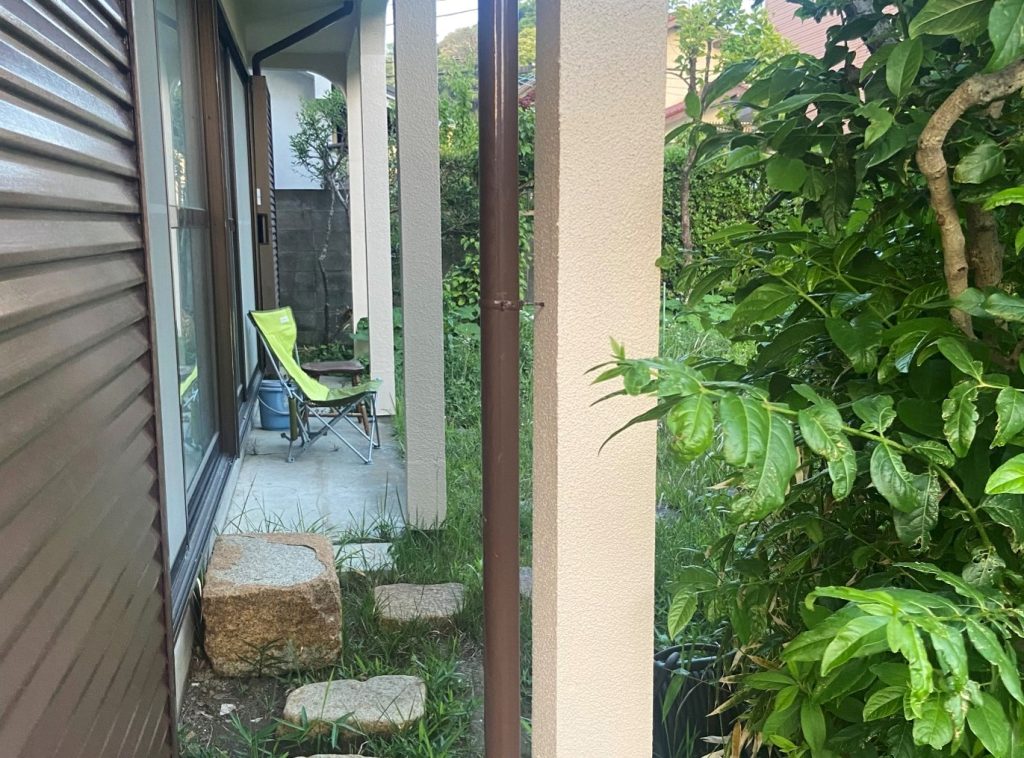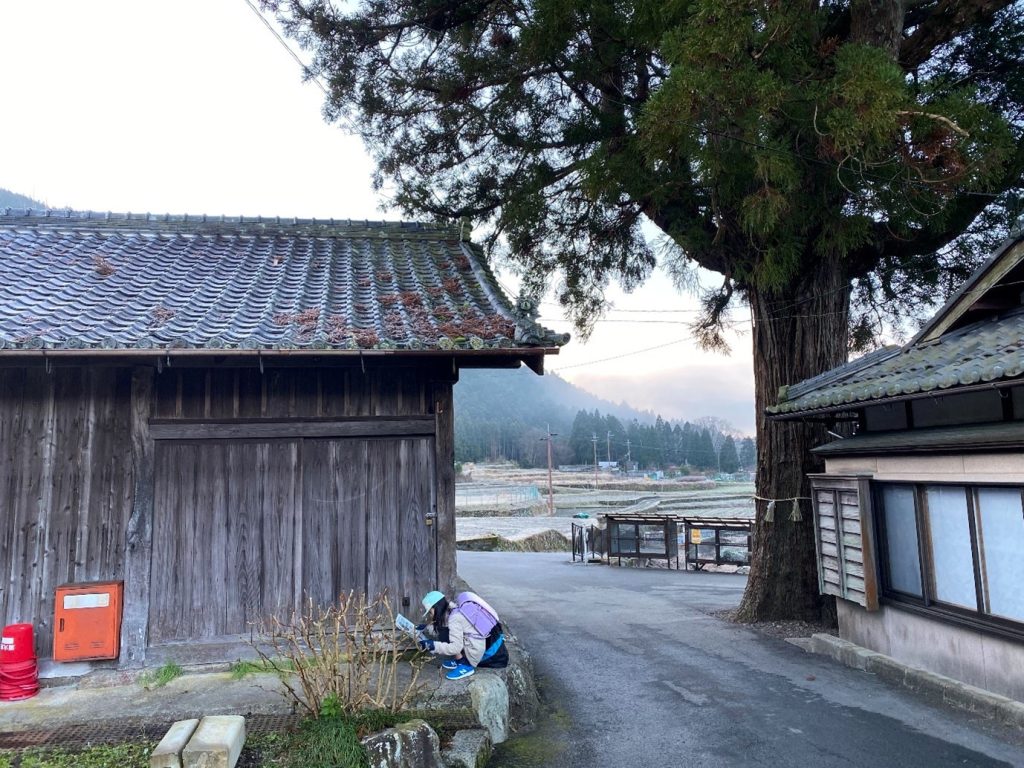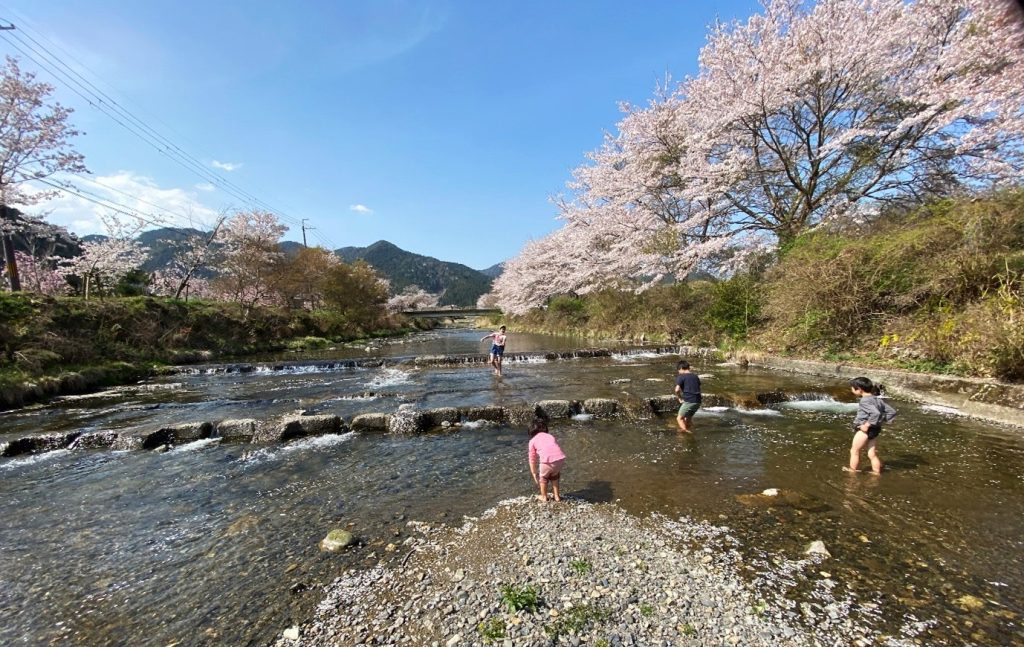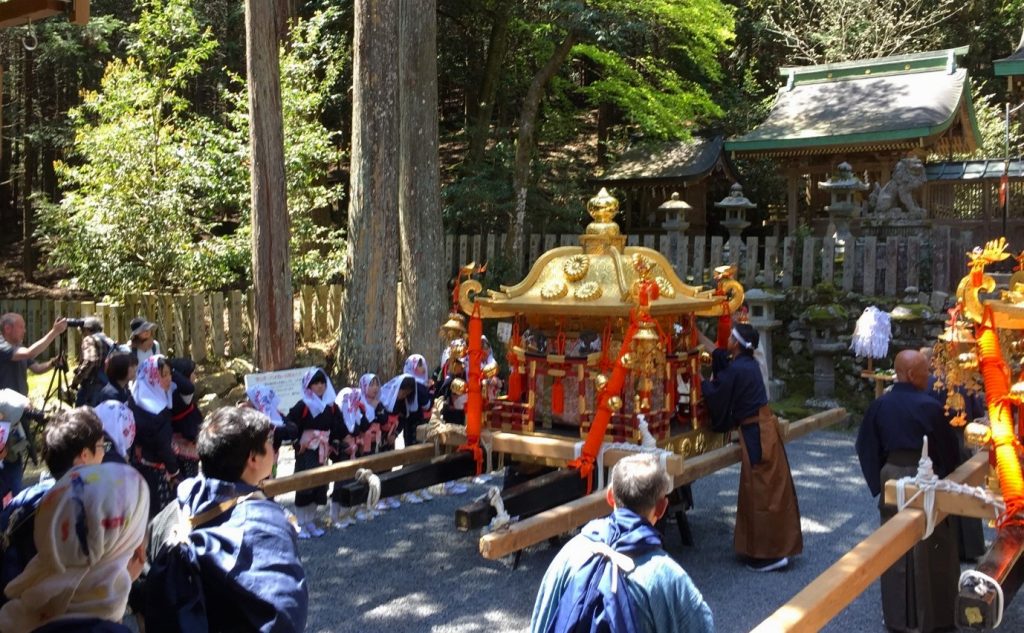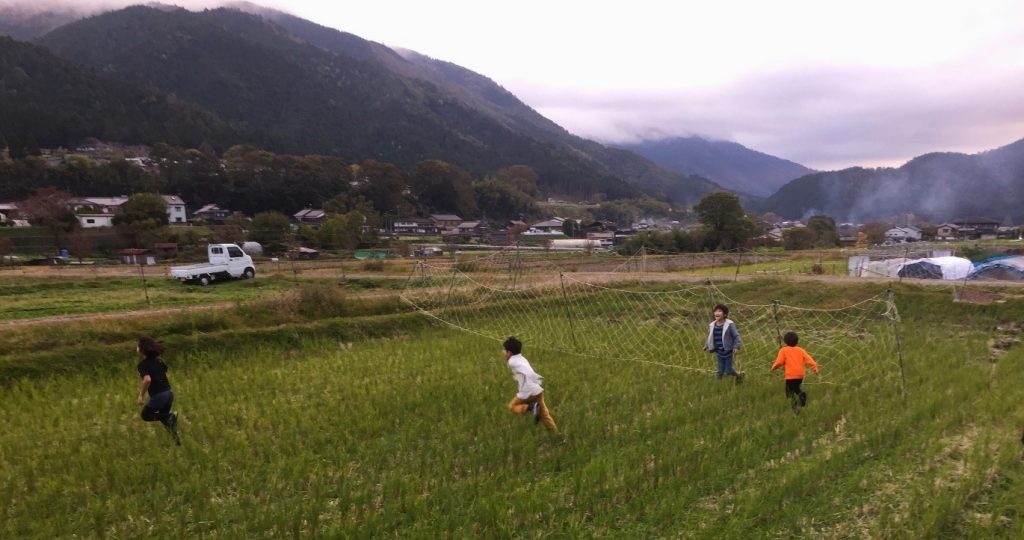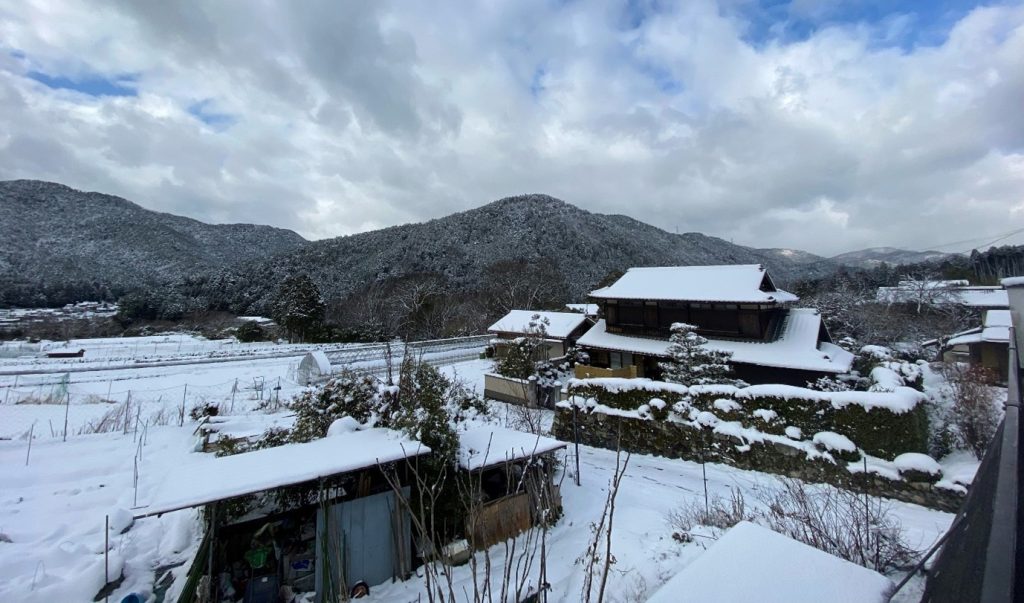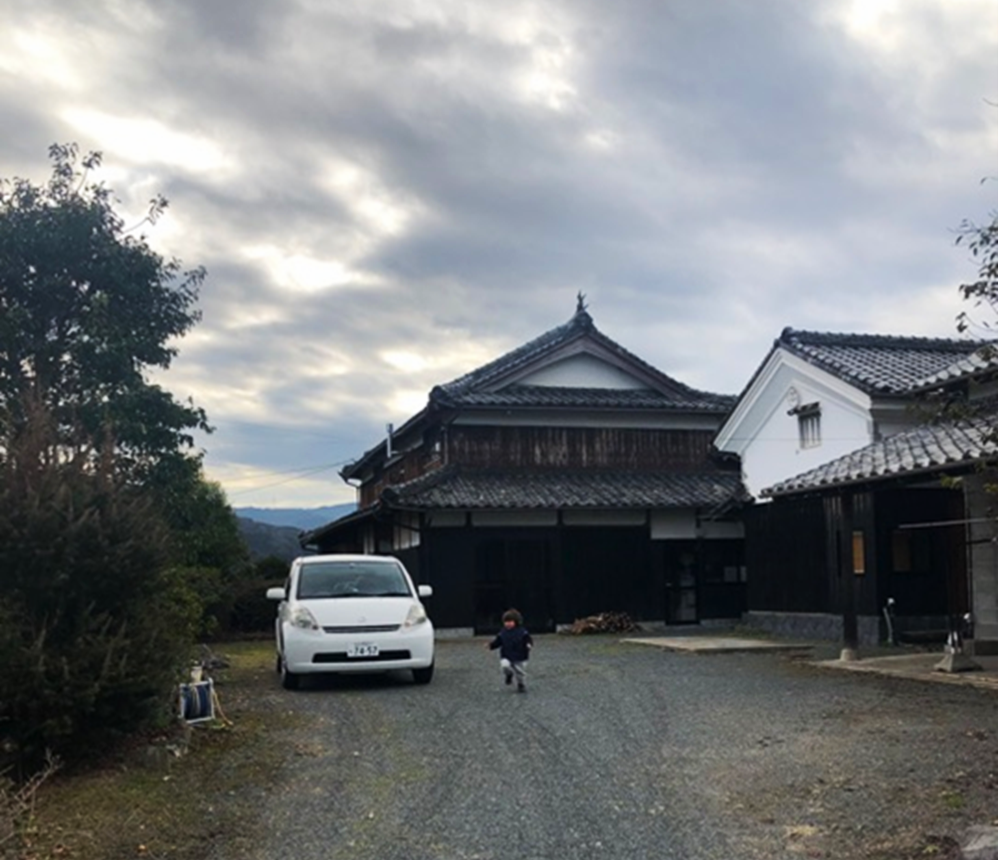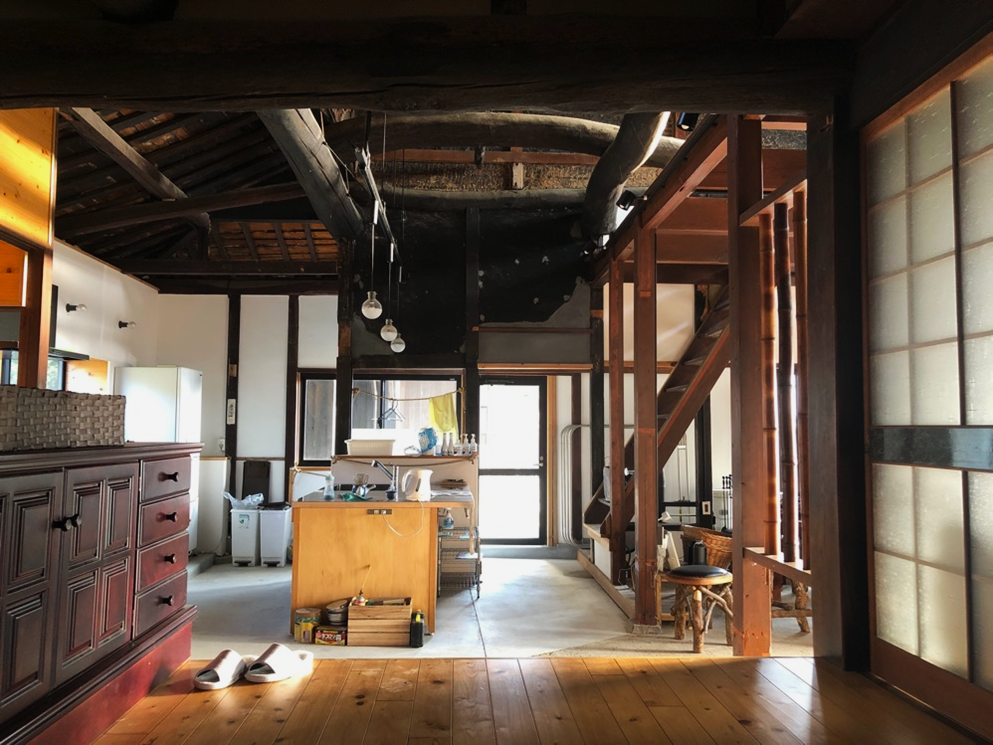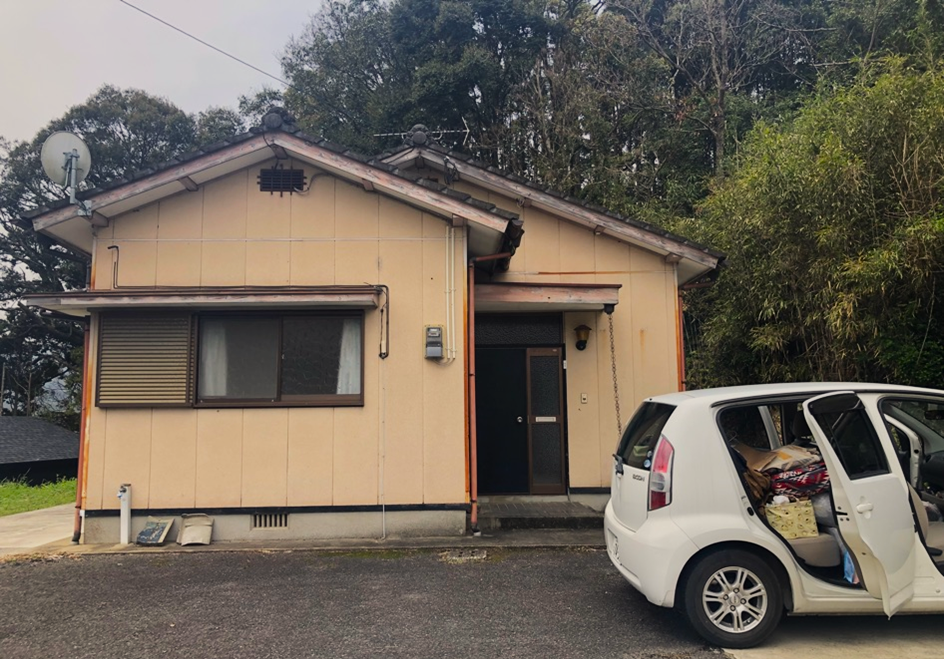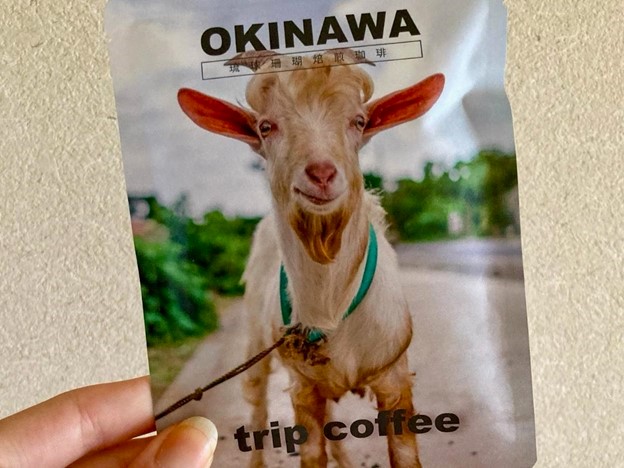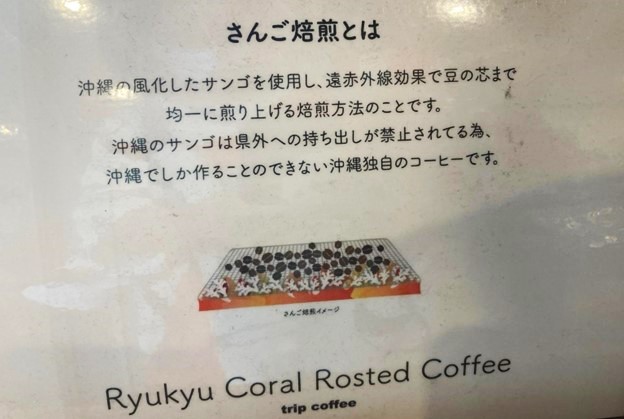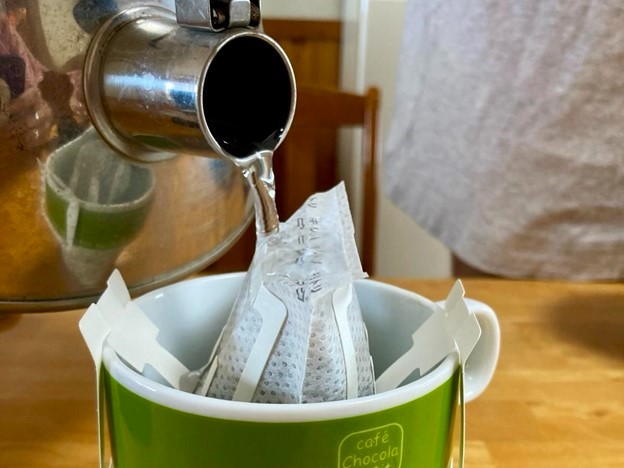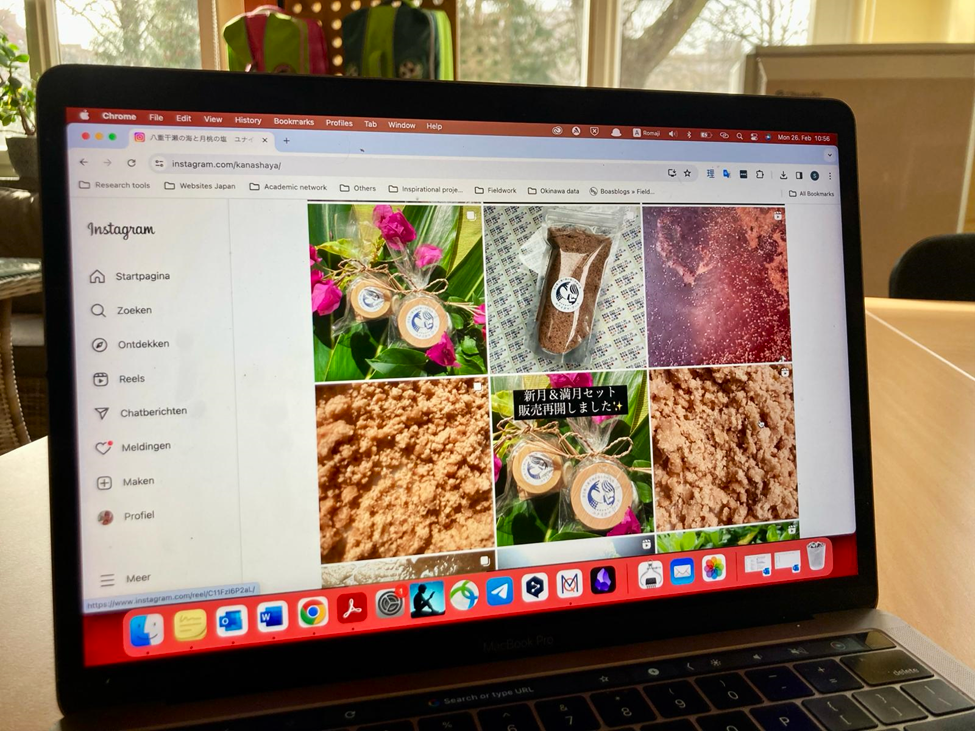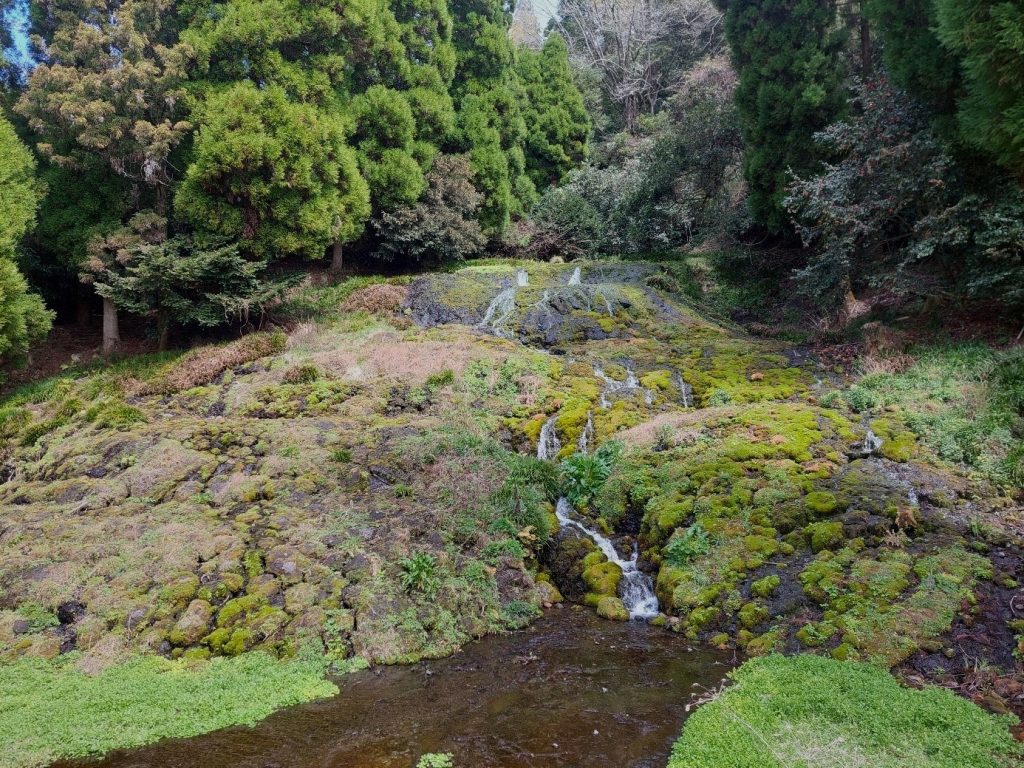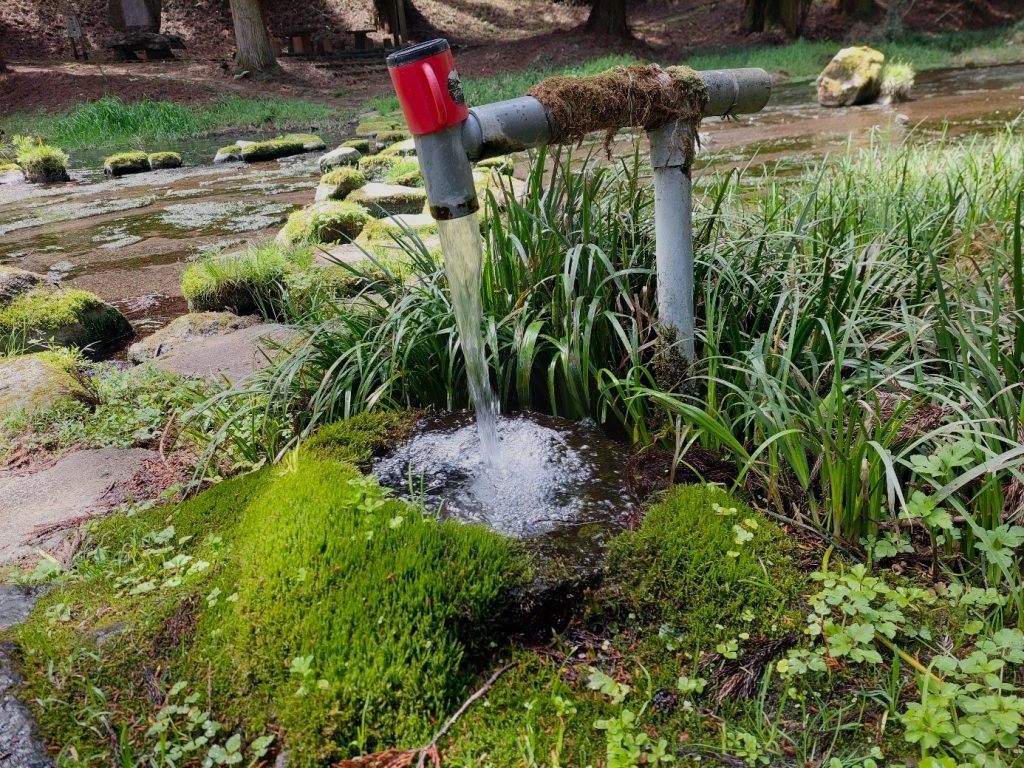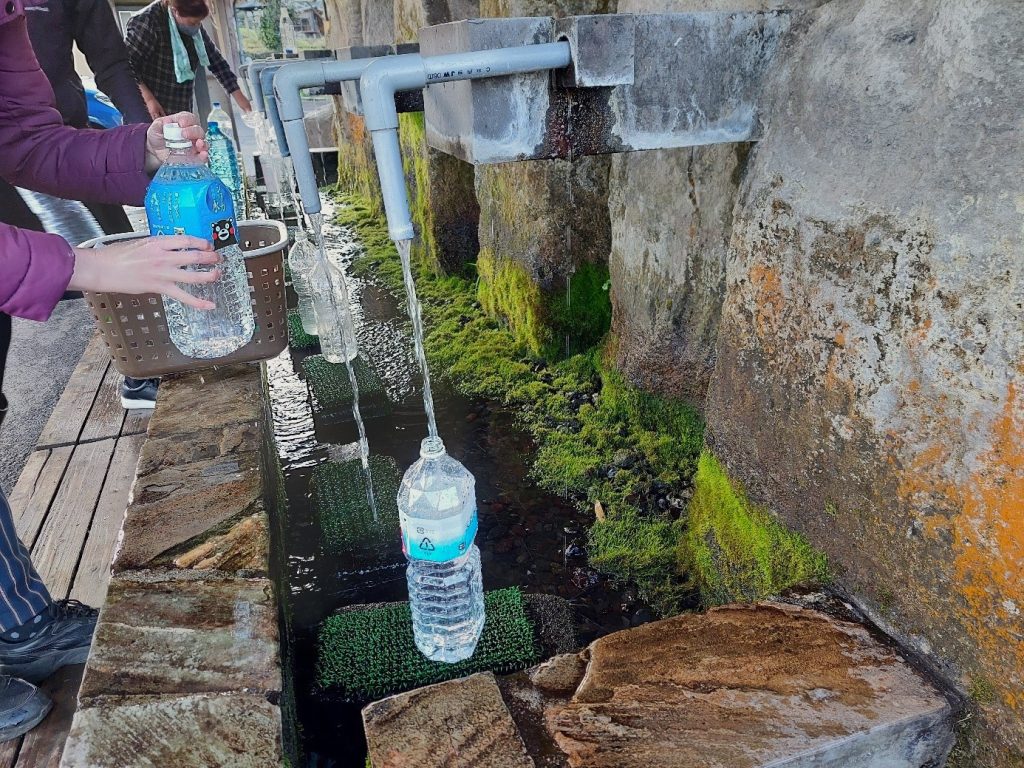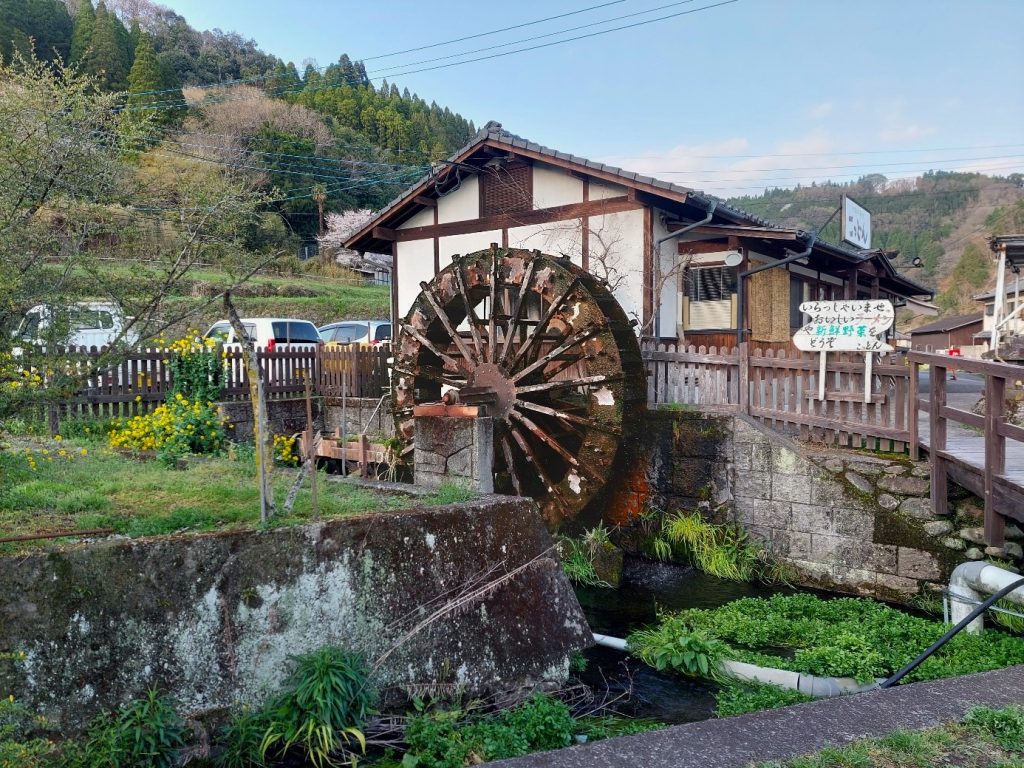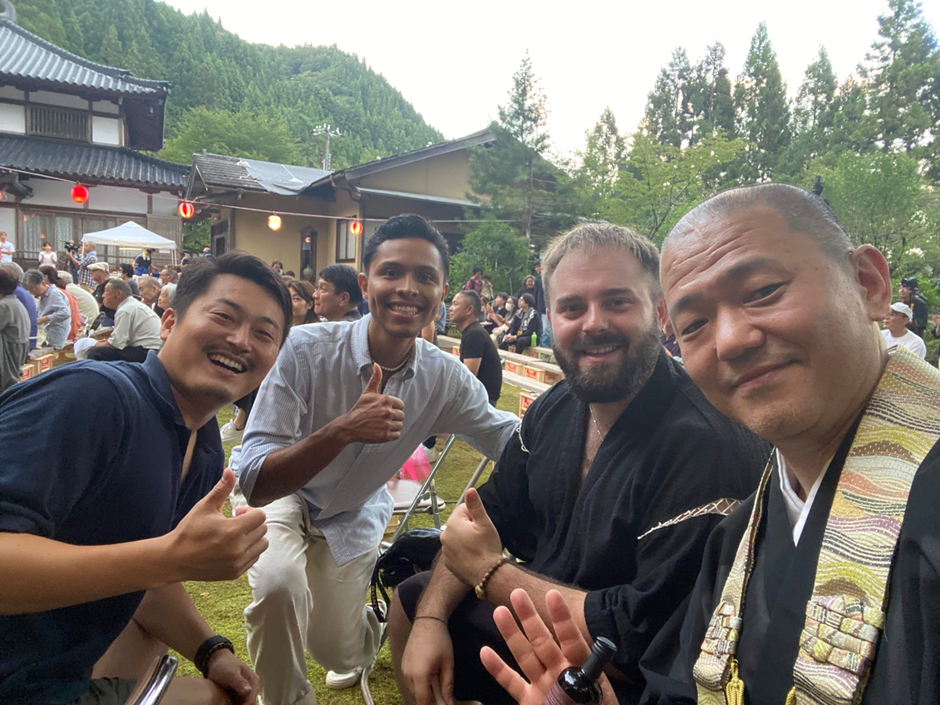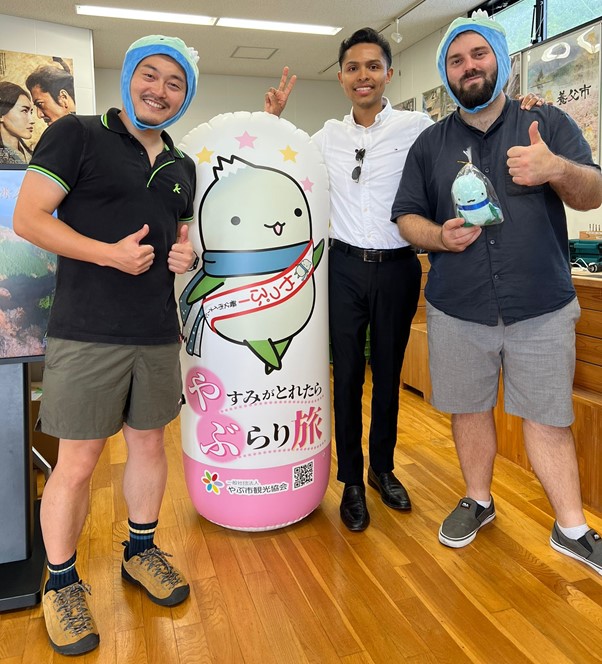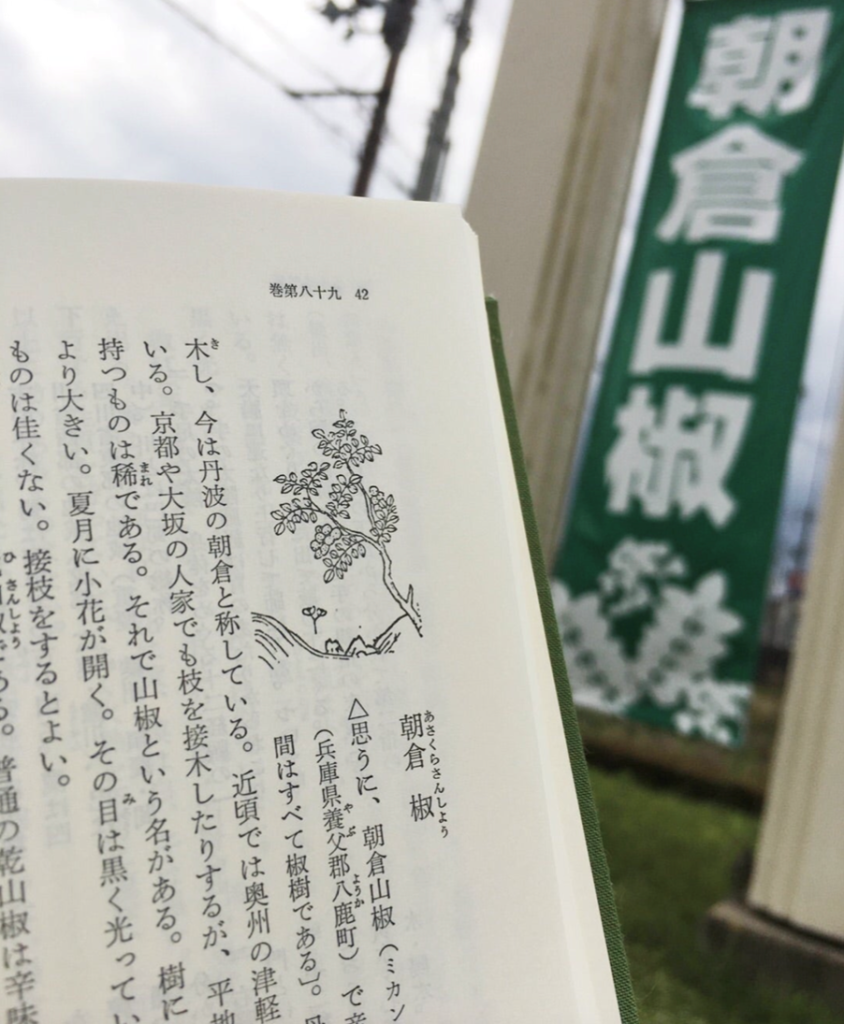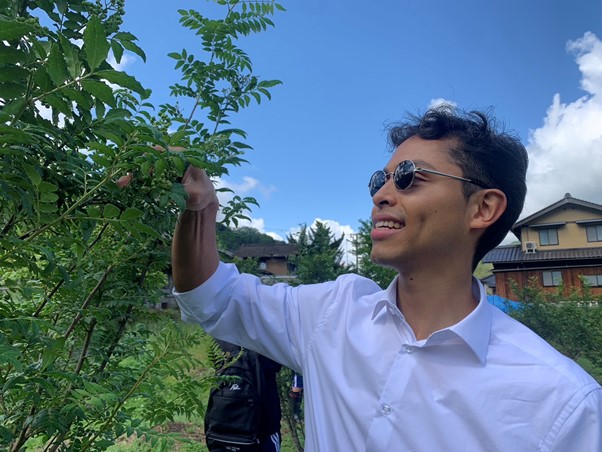by Cecilia Luzi
Despite similar structural conditions, rural Japan is incredibly diverse, and the encounter between a place and a migrant can create unique opportunities that are influenced by the socio-economic and historical context of the place, as well as the individual inspirations and personal connections of the migrants. I will illustrate this with the example of Hannah’s migratory experience. I met Hannah on a cloudy afternoon under the cherry blossoms in Hasami Public Park in the spring of 2023. We were organizing a hanami with our children, and she joined us after picking up her daughters from kindergarten. Originally from Germany, Hannah came to Japan over ten years ago to learn pottery and improve her skills in Arita, the neighboring town of Hasami. She has not left Kyūshū since. While at school, Hannah met Isamu, a fellow student from Kumamoto Prefecture, who later became her husband. Together they moved to Hasami, where she began working in the workshop of a renowned potter in the arts and crafts district of Nakaoyama. Today, she runs a very successful small ceramics studio in Hasami together with her husband.
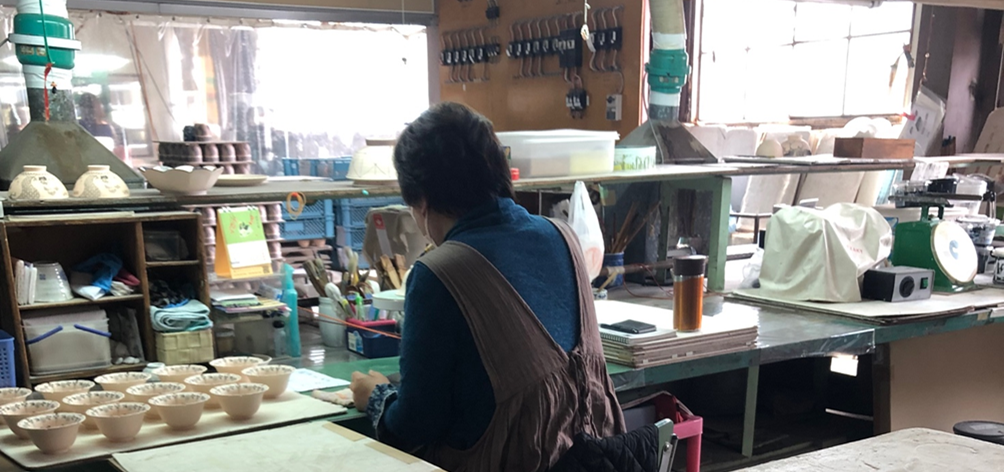
Copyright © Cecilia Luzi 2023
Like Arita, Hasami has a rich history of industrial pottery production that has profoundly shaped the town’s socio-economic structure. Older residents, aged 80 and above, recall times when pottery permeated every aspect of town life, from the extraction of kaolin to the decoration of the finished pieces. Unlike the high-quality porcelain of neighboring Arita, Hasami’s ceramics have always been intended for everyday use. As a result, identical designs were produced by numerous kilns scattered throughout the municipality, encouraging cooperation rather than competition between kilns. Even today, smaller family-run kilns exist alongside larger companies, forming a tight-knit community around ceramic production. This environment offers both the population and institutions the opportunity to support small and young artisans so that they can maintain their activity. Also, and more importantly, it has laid the ground for the creation of a basic working infrastructure in recent decades, such as the akikōbo bank, a website similar to akiya banks that provides information on free workshops or other business ventures, or the Ceramic Research Center of Nagasaki Prefecture (Nagasaki ken yōgyō gijutsu sentā) among many exposition venues and shops.
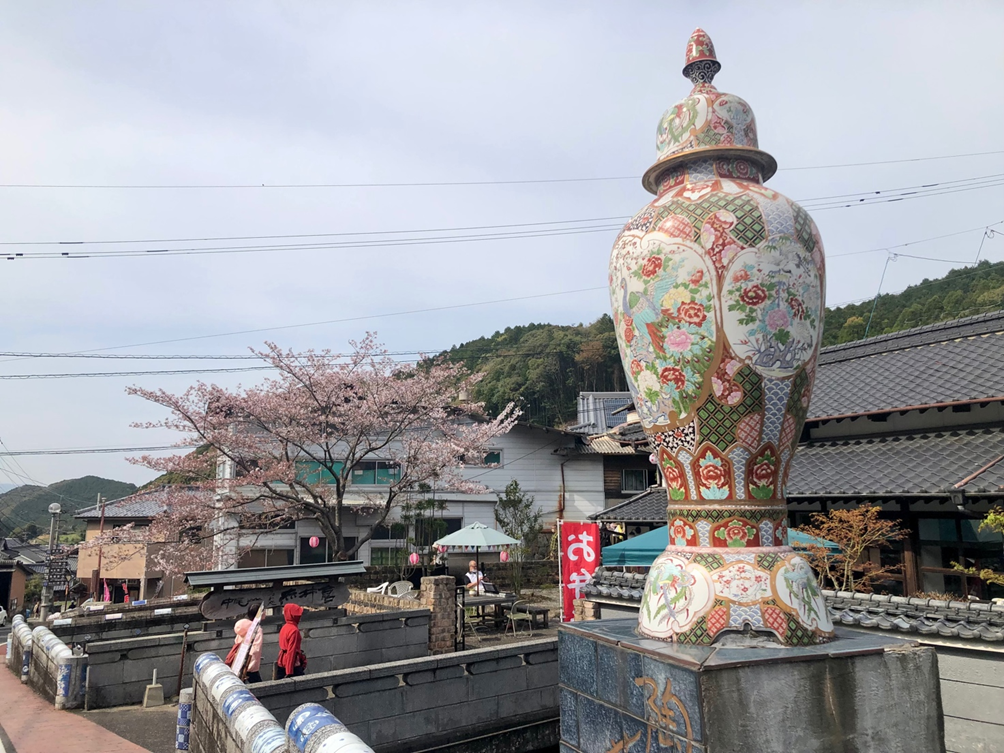
Copyright © Cecilia Luzi 2023
It was therefore easier for Hannah and Isamu to set up their own workshop and settle in Hasami after completing their studies in Arita. They set up their first pottery workshop with the help of the akikōbo bank. In Hasami, I met other migrants who had similar experiences. In our conversations, I often felt how big Hannah’s decision was and how determined she was to pursue her dreams in Hasami, even though it is so remote. Over the past few years, Isamu and Hannah have managed to purchase a plot of land, build their new house and recently inaugurated a new workshop directly below their house on the same plot of land they purchased. As we talked, Hannah reflected on how her life had turned out, occasionally wondering how it would have turned out if she hadn’t held on to her dream of becoming a potter in rural Japan. Nevertheless, she decided to make Hasami her home.
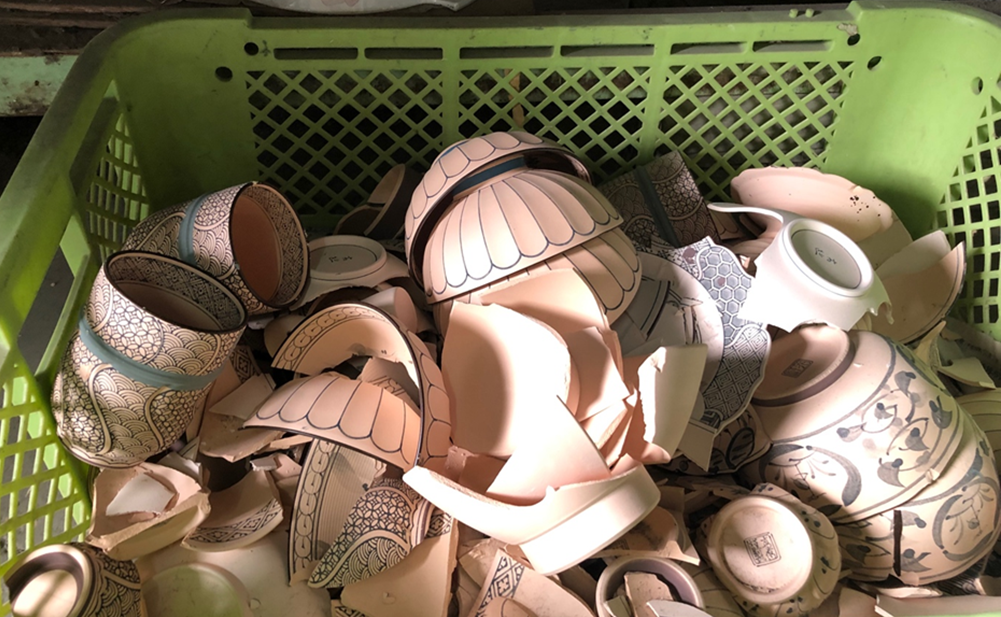
Copyright © Cecilia Luzi 2023
I think it’s more than just the furusato idea and the rural idyll that romanticizes rural Japan as a nostalgic space that attracts young, determined people today. The migrants I met are very self-aware and self-reflective; when they move, they know that life in rural Japan is a challenge and that it will not be easy there. Yet each place in their stories represents different dreams. The communities they eventually move to have great significance for them and their lives. Sometimes they pay great attention to the choice of place and associate it with hopes for their future lives, even if they do not plan to stay forever. For them, rural Japan is not just an indeterminate space or a furusato in itself, but each place represents the potential for a future life. In this sense, Hasami has a special attraction for potters and all activities related to pottery and pottery tourism.

